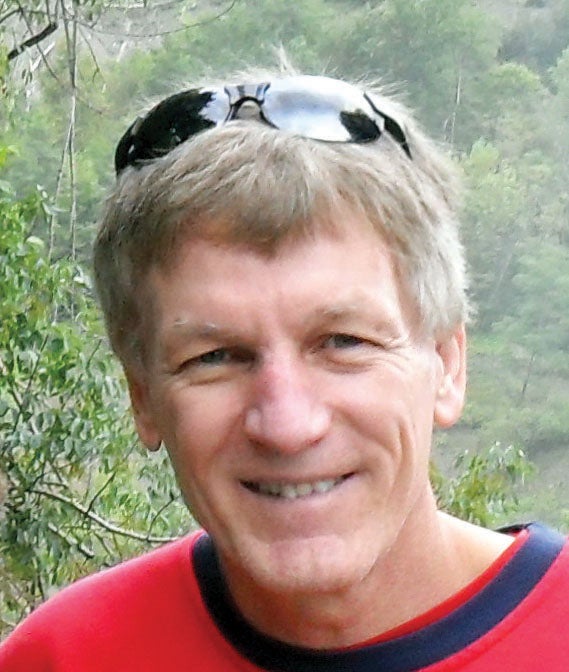Letter to the editor — Dec. 5
Published 12:00 am Thursday, December 5, 2019
|
Getting your Trinity Audio player ready...
|
The human story and genetics
Adam Rutherford wrote, “I am unaware of any group of people on Earth that can be defined by their DNA in a scientifically satisfactory way. There are plenty of genetic differences and physical differences that emerge from those genes between people and peoples, but none that align with the way we talk about ‘race’ ” (A Brief History of Everyone Who Ever Lived: The Human Story Retold Through Our Genes 2018, paperback, p. 219.)
For example, a Nigerian and a Namibian in Africa with similar skin color which is conferred by only a few genes have more genetic dissimilarity with each other than either of them has to a Swede of lighter skin color (p.258.)
Genetics does not support the existence of races among present day humans (p. 218); but old definitions and discriminations are still present and should be monitored for violations of our laws.
We are all Homo sapiens. At the level of DNA humans are 99% the same which means, broadly stated, “that our DNA varies on the average by one part in a thousand. From a sheer numbers point of view, this is still a lot. We have three million individual points of variation (p. 288) and that is only the single nucleotide polymorphisms which are, at a specific point, just alterations in a single letter in the genetic code of the genome (SNPS.)
Homo sapiens evolved in Africa and spread throughout the world with genetic variations showing adaptations to different latitudes, altitudes, etc., for example, skin color. In tropical areas dark skin provides a proactive shield from dangerous levels of ultraviolet radiant rays. In areas with less sun, lighter color permits UV absorption by the body of UV rays to synthesize needed vitamin D. Some acquired some genes through fertile offspring with descendants of earlier migrants from Africa along the way (Neanderthals and Denisovans based on genomic comparisons.)
See the “special issue” for April 2018 and “The Birth of Europe” for August 2019 of National Geographic and Rutherford’s book above.
Today, we are all Homo sapiens sapiens and should work together to save our planetary home. The universe beckons us.
— Avery Church
Clemmons


